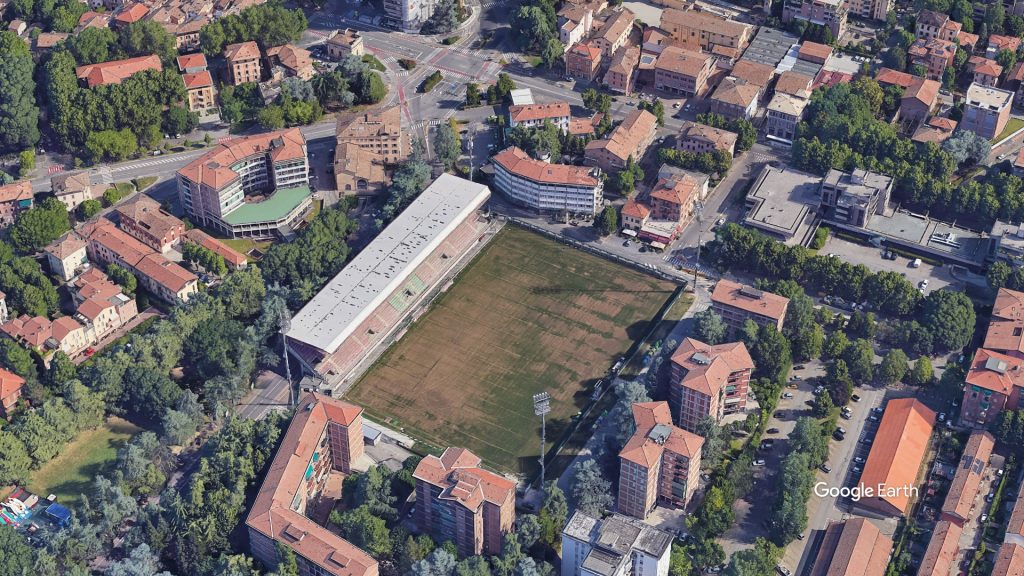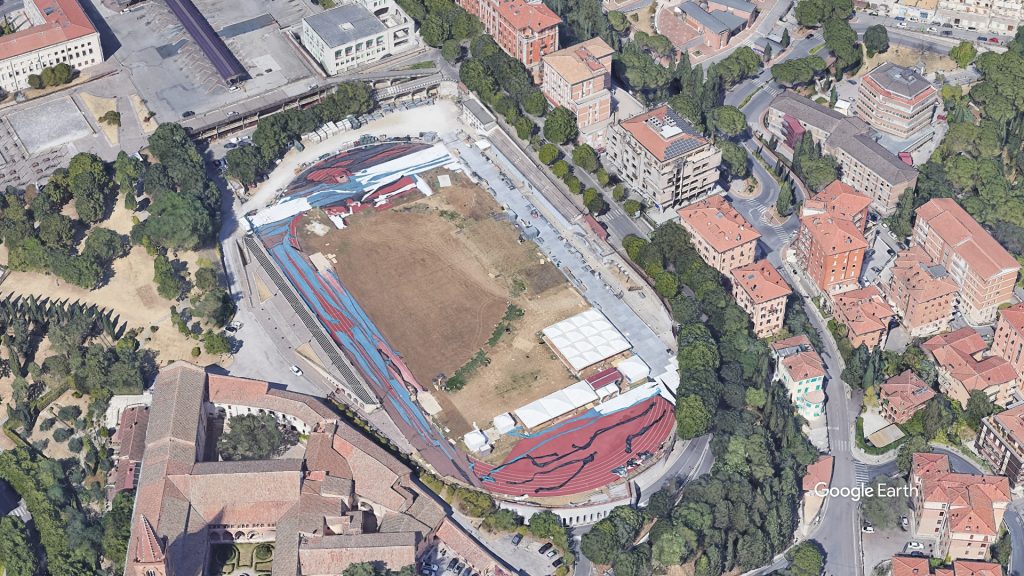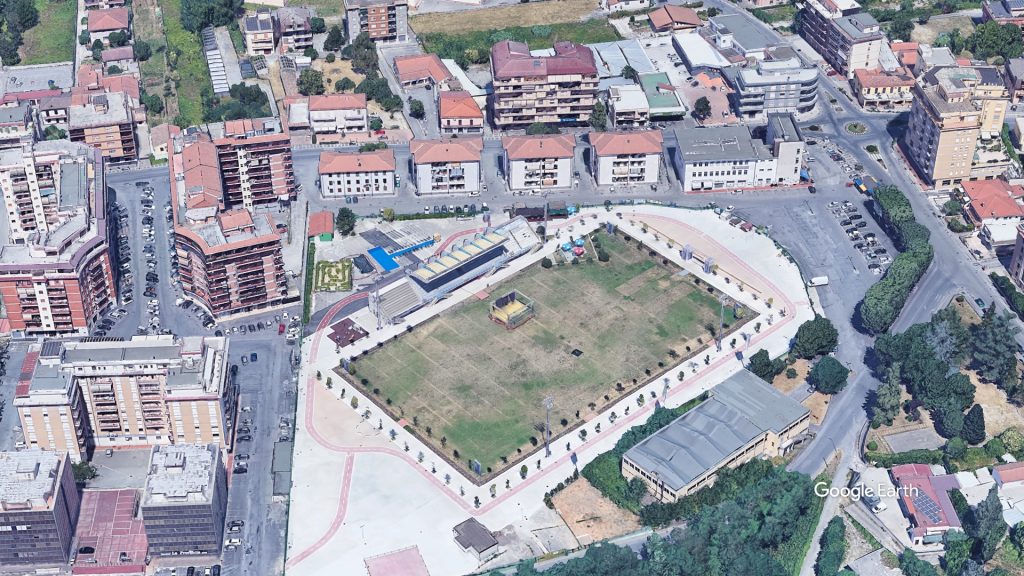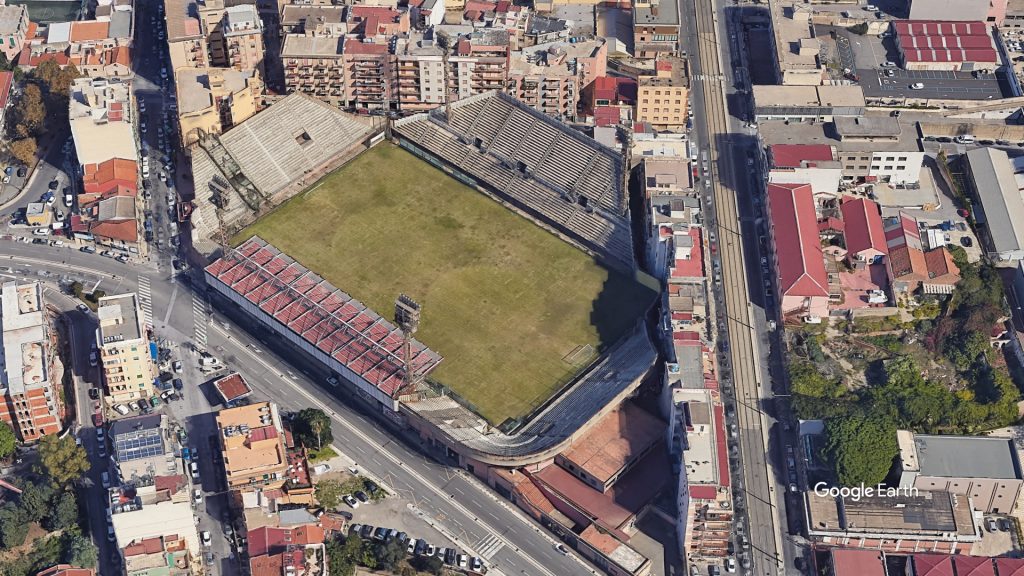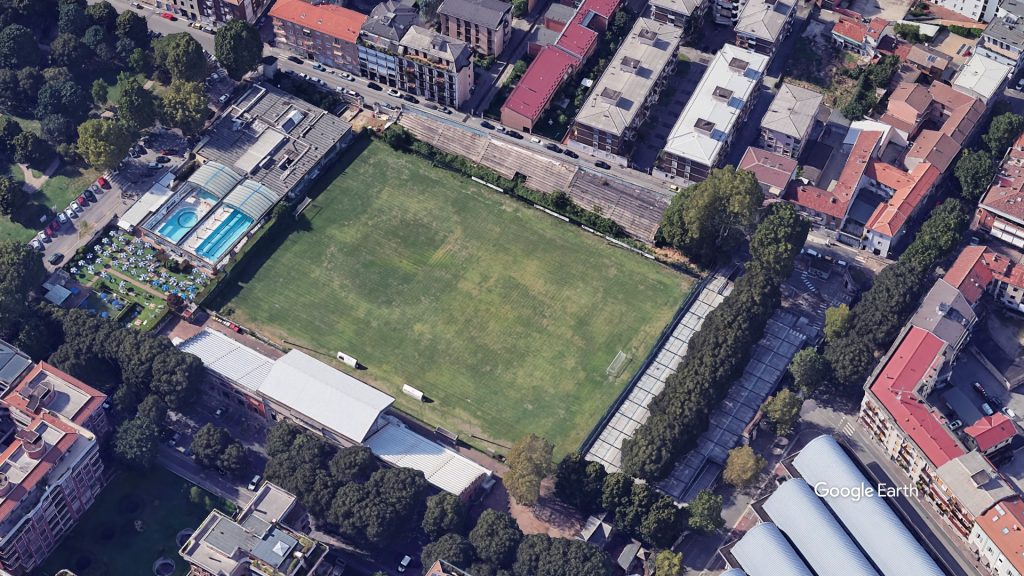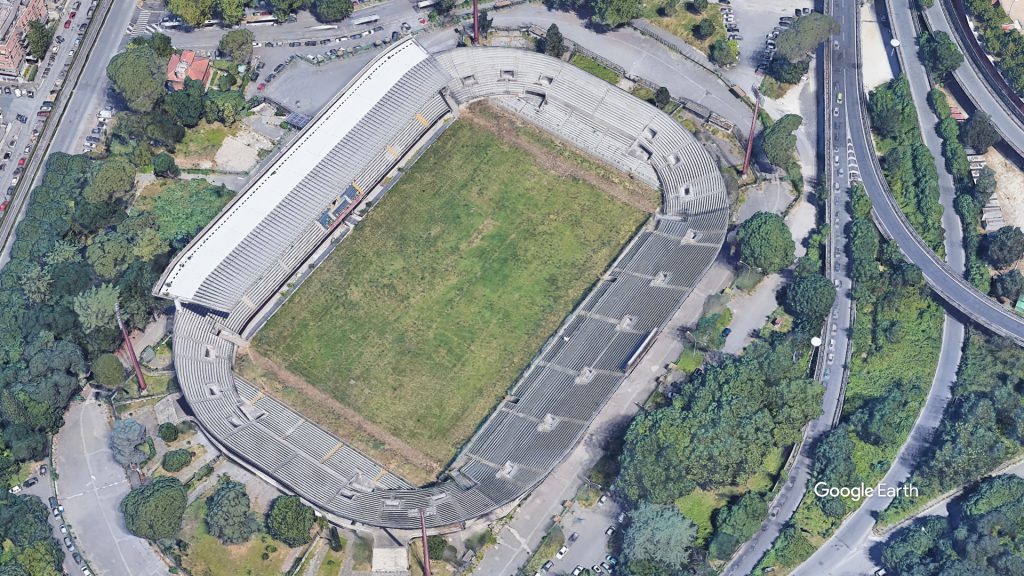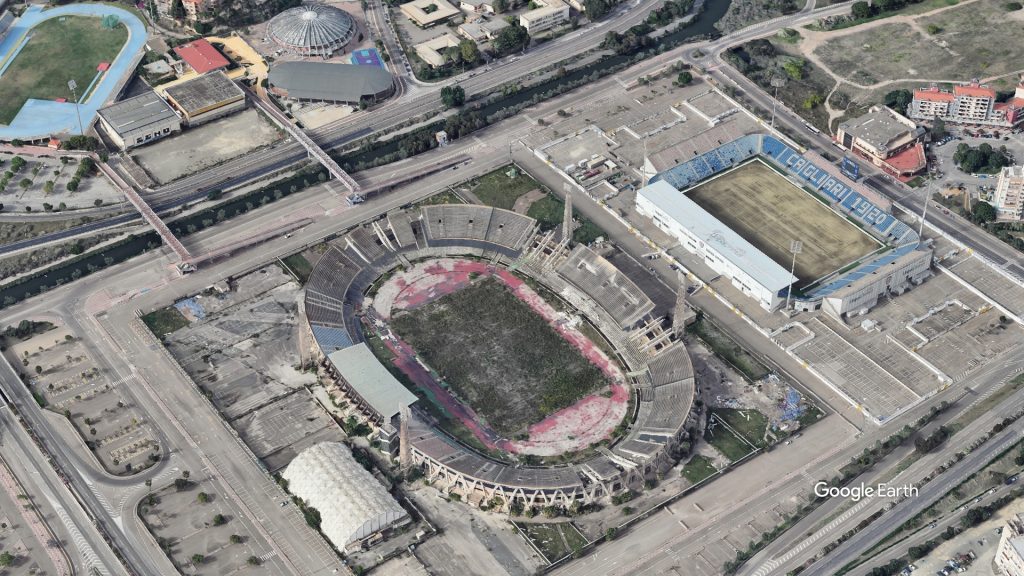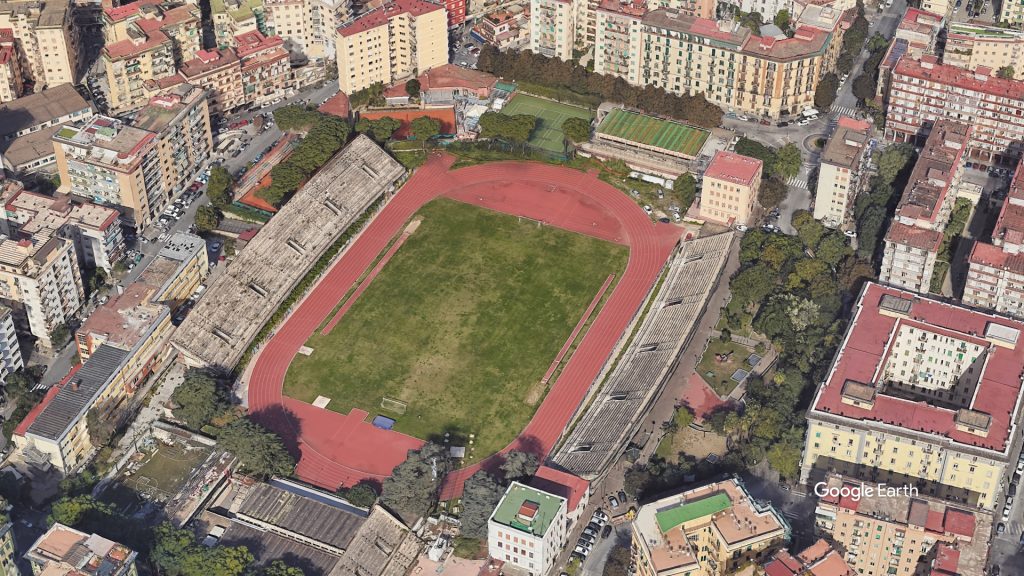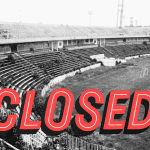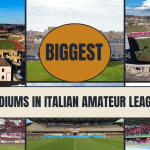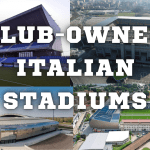Italy is a country celebrated for its rich history, vibrant culture, and deep passion for sports, particularly football. While many of its iconic stadiums continue to host roaring crowds and thrilling matches, others have fallen silent, left behind as time marches on.
In this blog, we’ll have a look at Italy’s lesser-known stadiums that still exist today and were the home of famous Italian clubs for many years.
Stadio Mirabello – A.C. Reggiana 1919
The Stadio Mirabello was constructed in 1913 in the city of Reggio Emilia.
It was the home stadium of A.C. Reggiana 1919, a football club based in Reggio Emilia, until the club moved to the newer Stadio Città del Tricolore (now Mapei Stadium) in the mid-1990s.
All but the main stand were knocked down in 2001, reducing the capacity from 15,000 to 4,500. The stadium is still used for youth football and as a training facility.
Stadio Silvio Appiani – Calcio Padova
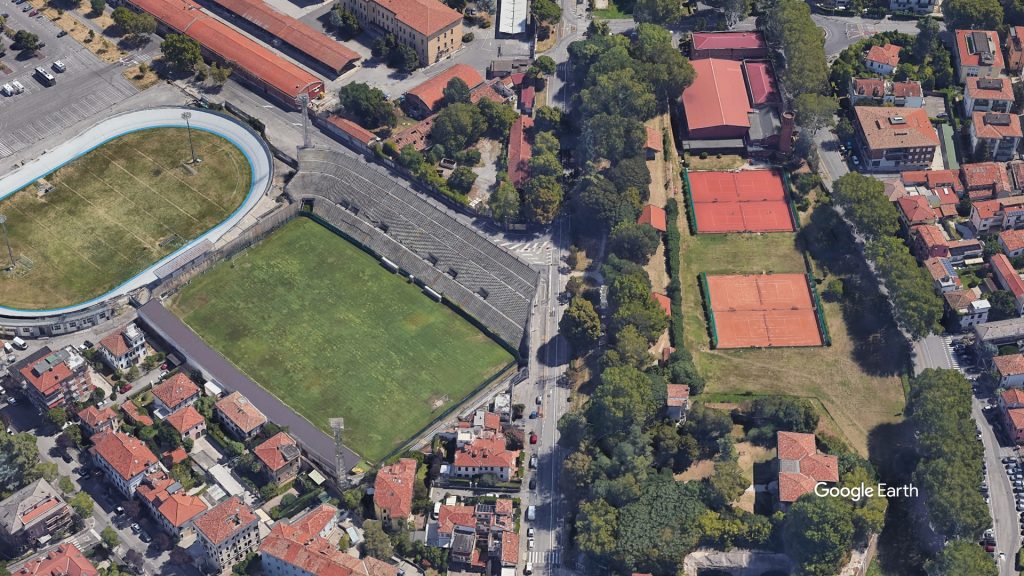
The Silvio Appiani was the playing field of Calcio Padova from 1924 to 1994 , when the new Euganeo stadium was inaugurated.
At its peak, the stadium could host up to 25,000 people.
Parts of the stadium are demolished. Nowadays the Appiani is mainly used for matches of the youth teams of Padova.
Stadio Giuseppe Grezar – Triestina Calcio
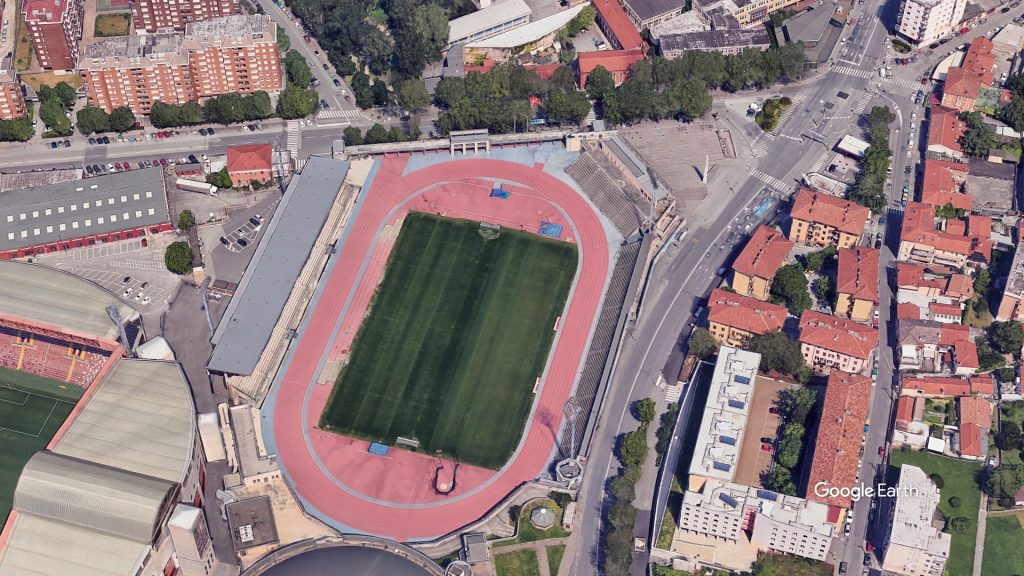
The Stadio Giuseppe Grezar is a historic stadium in Trieste.
Originally inaugurated in 1932 as Stadio del Littorio. In 1943, it was renamed in honor of Giuseppe Grezar, a footballer from Trieste who was part of the legendary Grande Torino team and tragically perished in the 1949 Superga air disaster.
The stadium was the original home of Triestina Calcio before they moved to the newer Stadio Nereo Rocco in 1992. It also hosted one match during the 1934 World Cup.
Today, the Stadio Giuseppe Grezar is no longer used for major professional football matches. Instead, it primarily serves as a venue for athletics and training purposes.
Stadio Dorico – U.S. Ancona 1905
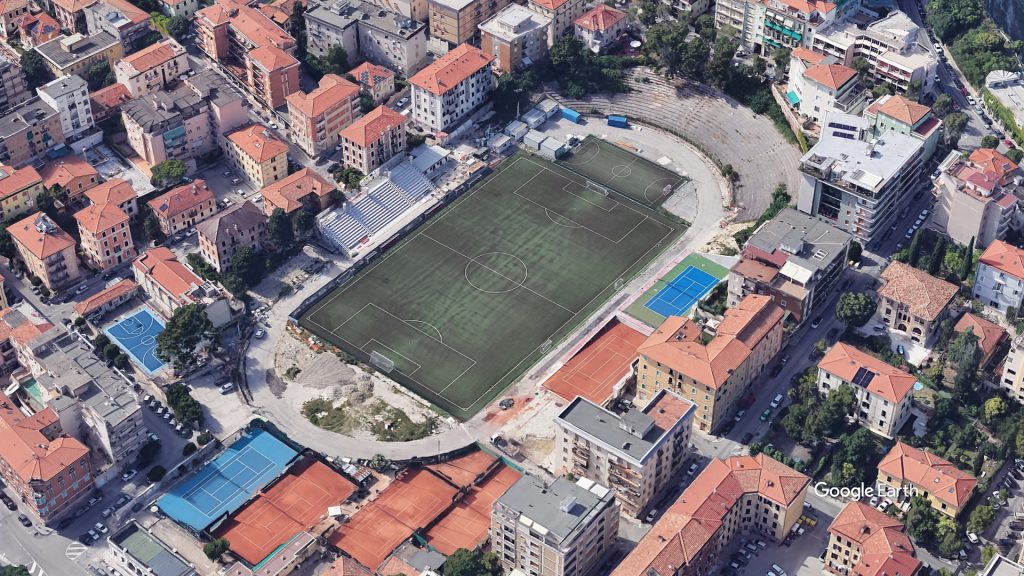
The Stadio Dorico was the home of U.S. Ancona 1905, the city’s football club, from 1932 to 1992. It could hold up to 12,000 people.
At the last game played in the stadium, Ancona secured their first-ever promotion to the Italian Serie A.
Today the stadium hosts training sessions and matches for Ancona’s youth teams.
Stadio Ferruccio Corradino Squarcia – Ascoli Calcio 1898 FC
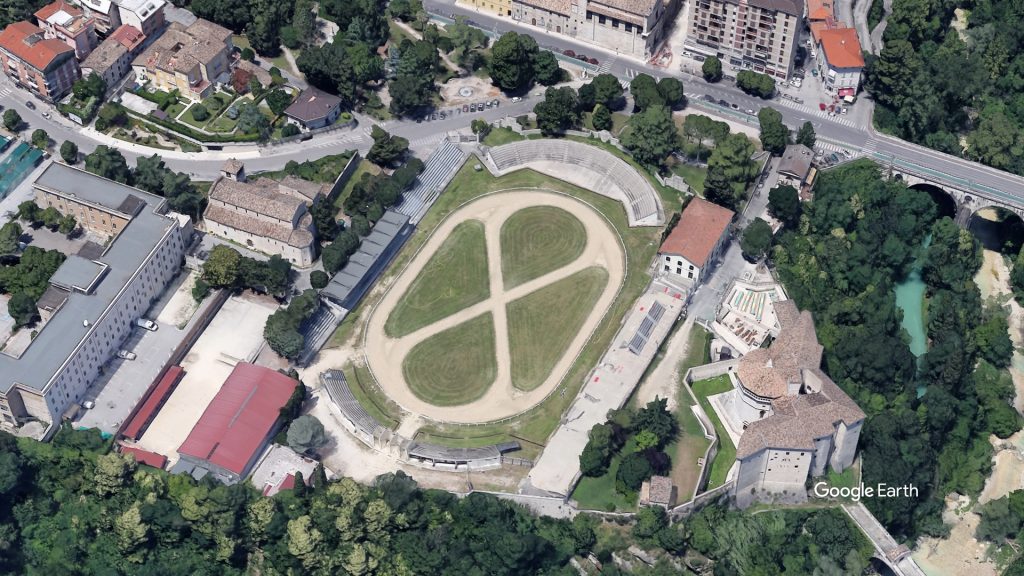
The Stadio Ferruccio Corradino Squarcia was the home of Ascoli Calcio from 1925 to 1962.
Since 1955 it has hosted horse tournaments and shows. For several decades, until around 2010, it hosted amateur football.
Stadio Santa Giuliana – Perugia Calcio
The Stadio Santa Giuliana was built in 1937 to provide the city of Perugia with a facility for sporting activities
Santa Giuliana has been the home of Perugia for almost forty years and on this pitch the Grifoni won their first promotion to Serie A in 1975. Although in the mid-1970s the facility could hold around 15,000 people the stadium was replaced after the club’s promotion.
The team still used the Santa Giuliana as a training ground for a few years. With the demolition of most of the old stands, the stadium thus became almost exclusively used for athletics.
Stadio della Vittoria – SSC Bari
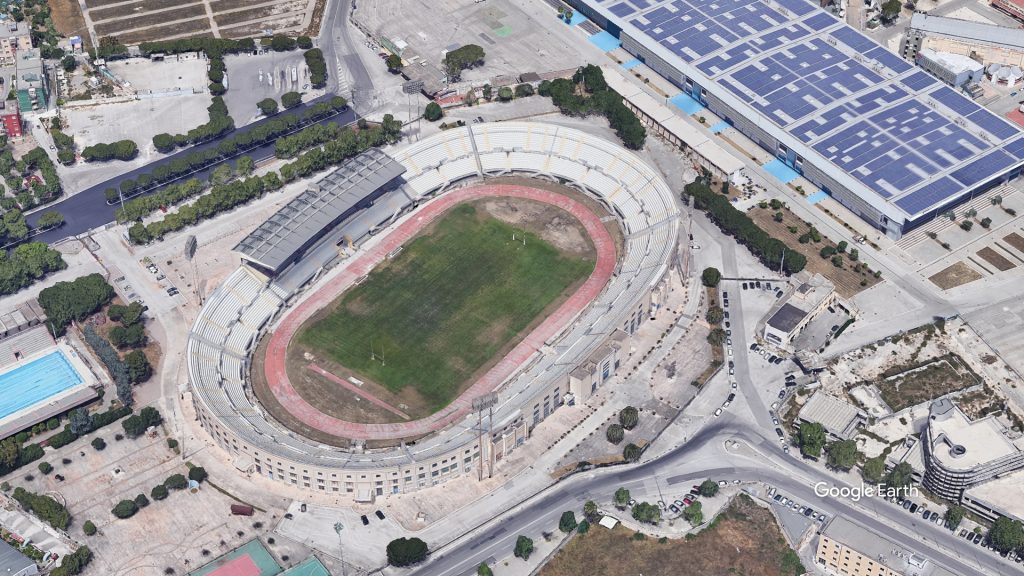
The Stadio della Vittoria is a historic stadium in Bari. Opened in 1934, it was originally the main sports venue in the city before the construction of the larger Stadio San Nicola for the 1990 FIFA World Cup.
The capacity was originally around 40,000 seats, though it has since been reduced due to safety regulations.
It was the home of SSC Bari for almost 1,000 games, before they moved to San Nicola.
Now it is mainly used for rugby and American football events.
Stadio Donato Vestuti – U.S. Salernitana 1919
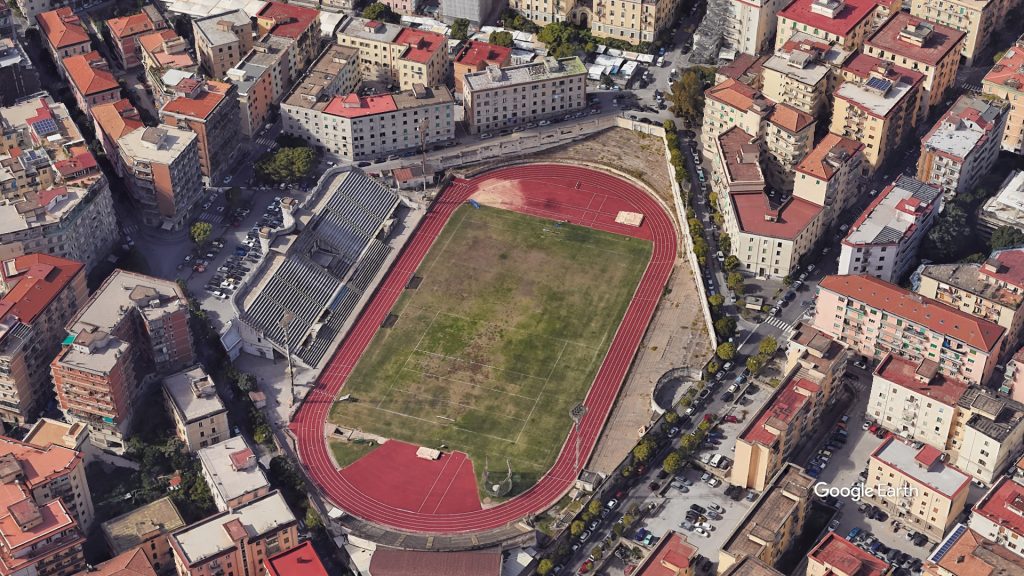
The Stadio Donato Vestuti served as the home ground of U.S. Salernitana 1919 from 1931 until 1990.
The facility can accommodate 9,000 spectators.
It is currently used by amateur rugby and American Football teams.
Stadio Matusa – Frosinone Calcio
The Stadio Matusa was the former home of Frosinone Calcio.
Opened in 1932, the stadium was used by the team until 2017, when they moved to the newly constructed Stadio Benito Stirpe.
In 2017 it was demolished and transformed into a public sports park. Of the old structure only the main grandstand was preserved.
Stadio Giovanni Celeste – ACR Messina
The Stadio Giovanni Celeste is located in the city of Messina.
Inaugurated in 1932, it hosted Messina’s home matches until 2004, when it was replaced by the new and more spacious Stadio San Filippo.
At its closure, it could hold up to 12,000 people, although the record attendance is 28,000 in a match against Milan in 1964.
The Celeste Stadium is now used exclusively as a training ground for ACR Messina. Recently, plans have been made to revive the stadium.
Stadio Enrico Patti – Novara FC
The Stadio Enrico Patti opened in 1931 and was the home of Novara for 12 seasons in Serie A and 25 seasons in Serie B until 1976.
The capacity is now 2.000 but when Novara was playing in the Italian top divisions it could hold more than 10,000 people.
It is now used as the home to the local football team, Sparta Novara.
Stadio Flaminio – Roma, Lazio
The Stadio Flaminio in Rome has a capacity of 30,000 and was built just before the 1960 Olympics where it served as the venue for the football final.
In its history, Flaminio was mainly used for rugby matches and was the home for the Italian National team from 2000 to 2011.
When it comes to football, the stadium was the home of Lazio and Roma for the 1989-1990 season. In the 80s and 90s, Flaminio was the home of Lodigiani, a team that competed for many years in the Italian Serie C.
Stadio Sant’Elia – Cagliari Calcio
The Stadio Sant’Elia was built in 1970 in the city of Cagliari. It was primarily used as the home ground for the city’s football team and the 1970 Italian champions, Cagliari Calcio.
The stadium’s original capacity was approximately 60,000 seats, but this was significantly reduced over time due to renovations and safety regulations. By 2017, the stadium was no longer suitable for hosting matches and it was partially demolished.
Stadio Arturo Collana – SSC Napoli
The Stadio Arturo Collana was the home of Napoli from 1942 to 1959 when the club moved to the much bigger Stadio San Paolo.
The stadium is still in use today, primarily for athletics and amateur sports.


